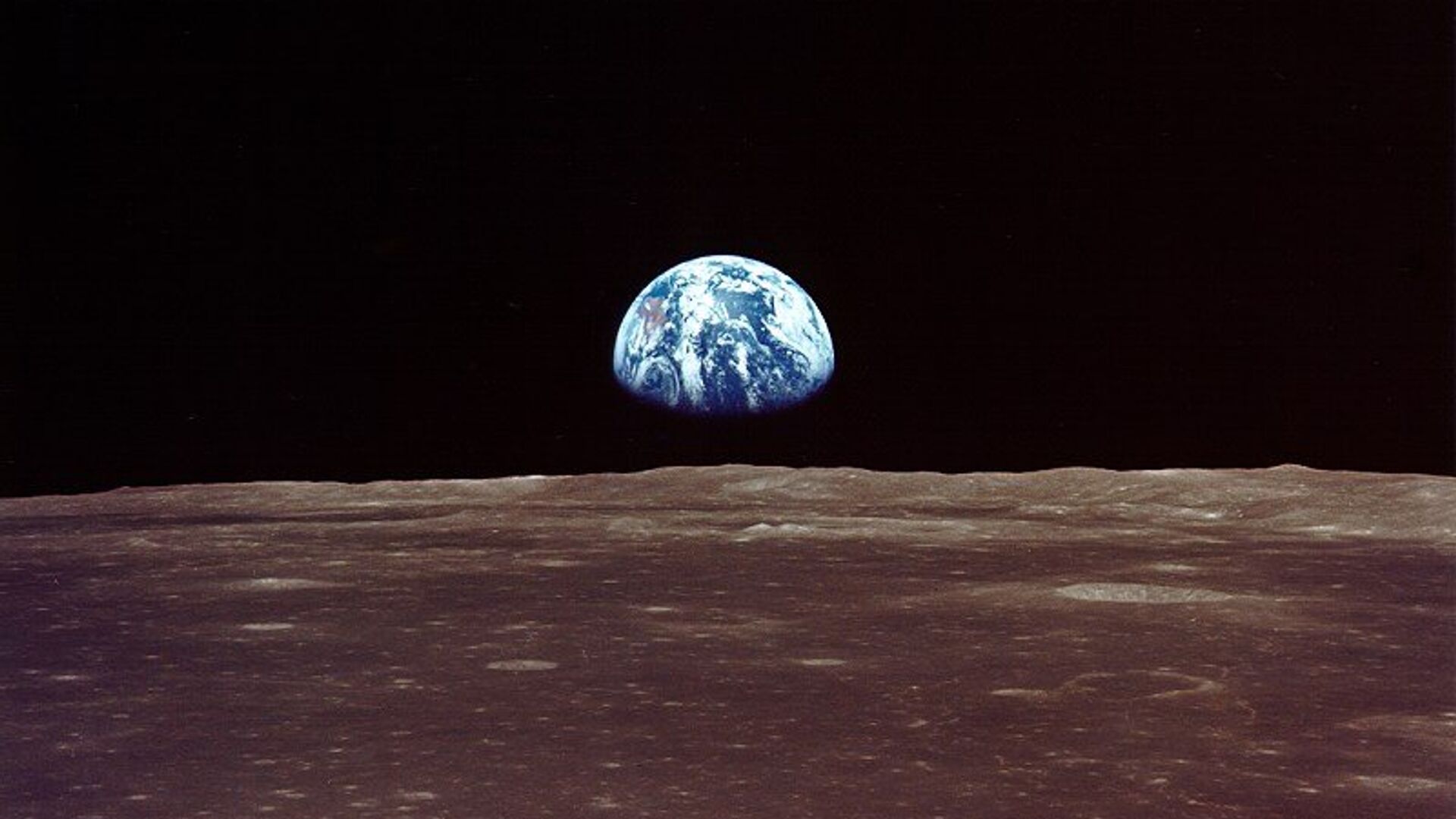
MOSCOW, June 27, Zakhar Andreev For the first time in history, a Chinese apparatus delivered soil samples to Earth from the far side of the Moon. The most complex operation pursued several goals, including political ones. However, the scientists are also happy with the outcome of the mission. What regolith will tell you about — in the material .
The largest in the Solar system
The Chang'e-6 probe module landed on Tuesday at 14:07 local time, or at 8:07 Moscow time. This happened “exactly at the appointed place” — in the Siziwan Huoshun in the north of the Inner Mongolia Autonomous Region, Xinhua reported. The head of China's National Space Administration, Zhang Kejian, declared «complete success».
The flight took 53 days. On May 3, the Automatic Interplanetary Station (AIS), named after the Chinese goddess, was launched into space using a heavy-duty Long March 5 rocket. Five days later, the landing complex with a small rover separated from the orbital module and landed safely on the moon. Their area of action became one of the largest craters in the entire solar system — the so-called South Pole-Aitken basin.
The landing module, using a special drill and a robotic arm, extracted two kilograms of dust and stones both from the surface and from a shallow depth. A special drilling technology made it possible to preserve volatile substances important for collecting scientific data. The equipment was controlled via a relay satellite, since direct communication there is impossible.
Your browser does not support this video format.
< br />On the third of June, the take-off module delivered valuable cargo into lunar orbit. After docking with the orbiter, the capsule with soil was transferred to the segment, which then returned to Earth.
«Treasure Chest»
As you know, the natural satellite of the Earth is always turned towards us with one hemisphere. People saw the second only in 1959, when the Soviet Luna-3 spacecraft sent a grainy photo.
Regolite (lunar soil) from the reverse side is delivered to Earth for the first time. Before that, Soviet and Chinese spacecraft, as well as American astronauts, brought back samples only with visible light.
The two hemispheres are very different, so another “package” from space is a real gift for scientists, explains Vladimir, an astronomer, associate professor at Moscow State University, and popularizer of science. Surdin.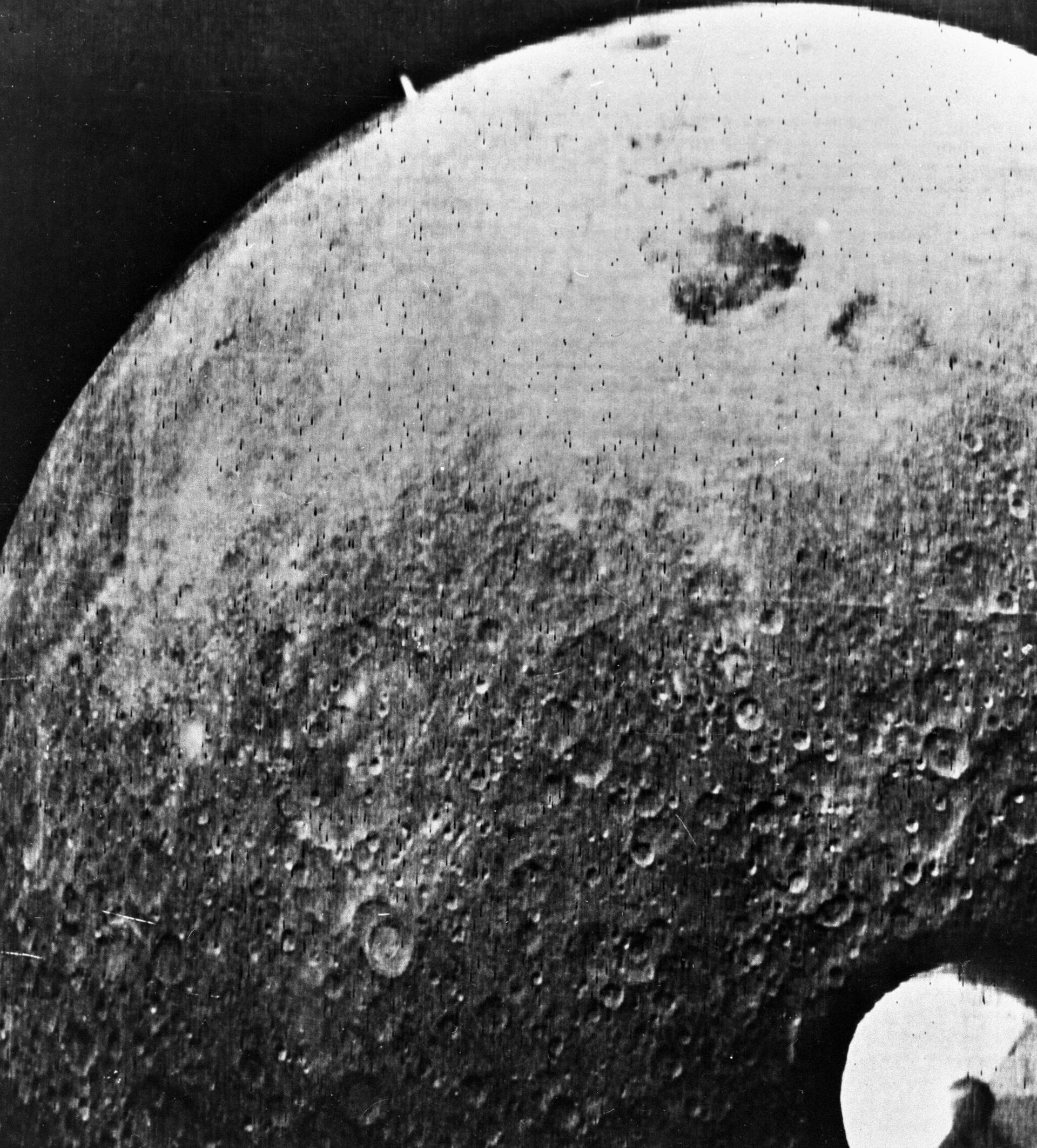
«The history of the other side seems more ancient to us. On the visible hemisphere there are huge seas filled with lava. They were formed in later eras than what we call the continental surface. On the other side there are almost no such seas (there is the Sea of Moscow, but it is small — rather, it’s a large crater). That side probably remembers the first half a billion years of the solar system. It’s a wonderful museum of ancient events,” he says.
Professor James Head from the American Brown University called the capsule with regolith “ treasure chest.» “The international scientific community is absolutely delighted,” CNN quotes him as saying.
Place for bases and spaceports
It is also important that Chang'e-6 landed near the south pole. As previous studies, including using Russian instruments, have shown, there are large reserves of water in this area. If analysis of soil samples confirms this, lunar bases may be built there. China already has such plans. In Russia they are also working on this issue.
In addition, water can be used to make fuel. The Moon has long been considered a potential launch pad for interplanetary travel, since the force of gravity there is weak.
After the material has been studied by Chinese specialists, researchers from all over the world will have access to it.
Flag Show
However, scientific work was not the main goal of the mission, says Surdin. «The main goal of lunar flights in our era is to demonstrate their capabilities. The Chinese are showing how quickly their technology is evolving, both in space and on the ground,» he says.
The success of the mission also had an obvious propaganda effect. Images of a lunar lander with a Chinese flag have circulated on Chinese social media. Apparently, the drill drilled the character “zhong” (short for “Zhongguo” — “China”) into the surface.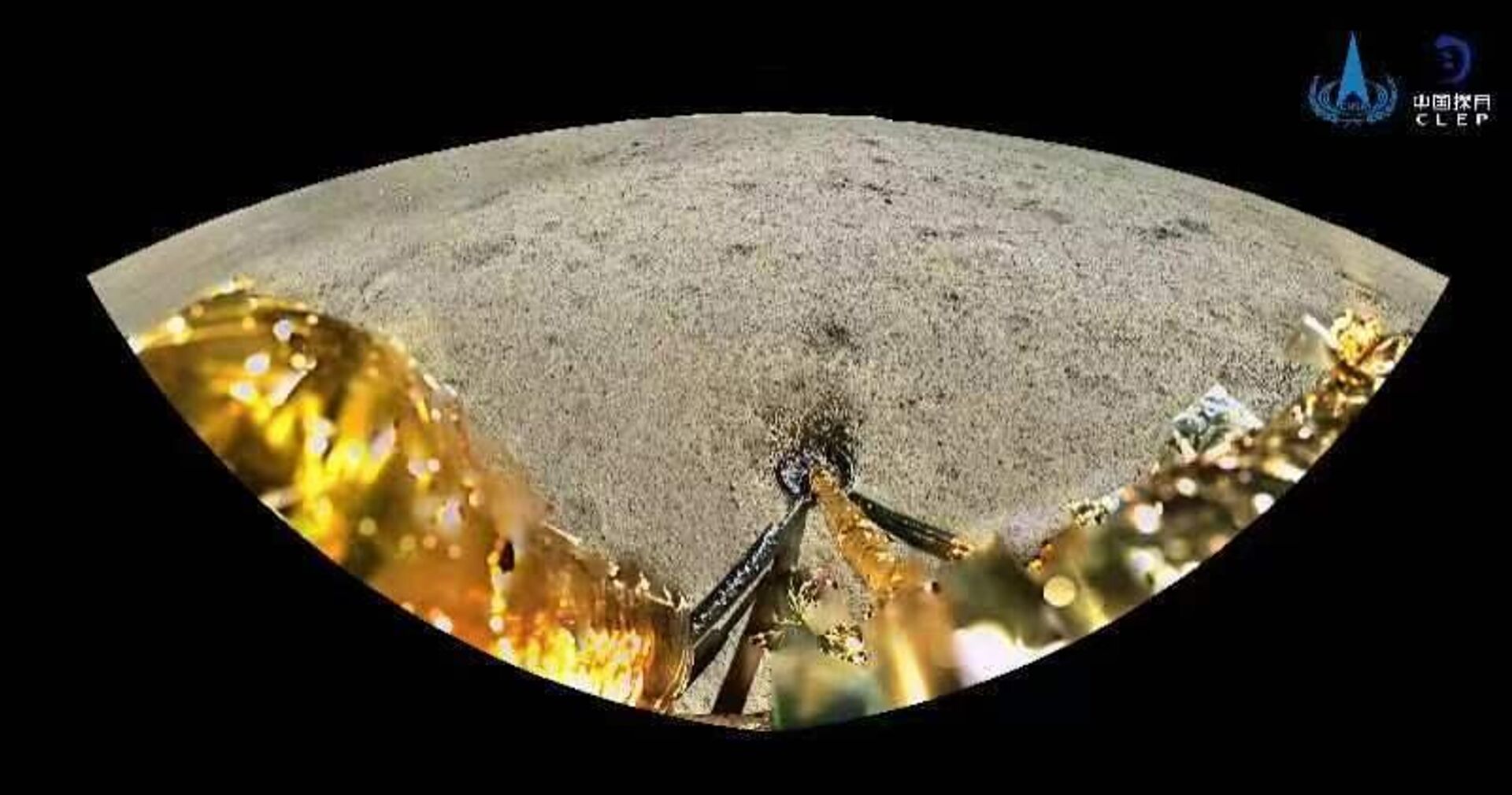 < br />
< br />
The US is clearly worried. NASA chief Bill Nelson admitted that Washington and Beijing are «engaged in a race.»
«What worries me is that they will get to the south pole first and then say: this is our territory, stay away,» — he said.
However, China assures: their lunar program serves the interests of all humanity.
Who is in the lead
According to Lev Zeleny, scientific director of the Space Research Institute of the Russian Academy of Sciences, Russia was the first to draw attention to the south pole. Preparations for landing in this area began back in 2010. However, the flight was constantly postponed. The Luna-25 station was launched only in 2023.
By that time, numerous competitors had appeared. Nevertheless, the Russian apparatus could be ahead of everyone. But due to a technical failure, the station crashed on the surface of the Moon. As a result, the Indian spacecraft Chandrayaan-3 was the first to land in the area of the south pole. And in February 2024, the American Nova-C module, developed by a private company, landed on the moon in the circumpolar region.
NASA is preparing to return astronauts to the Moon: according to the plan — in 2026. China has targeted this for 2030. As you know, deadlines tend to shift. And so far Beijing's pace is obviously higher.
Russia is focused on automated missions. In the coming years, the orbital Luna 26 should be launched, followed by two identical landing stations Luna 27. Perhaps they will be placed at different poles of the celestial body.
Surdin states: the Chinese are ahead of everyone in the lunar race. If they succeed in landing, they will finally secure their primacy in the exploration of the Earth's natural satellite.





















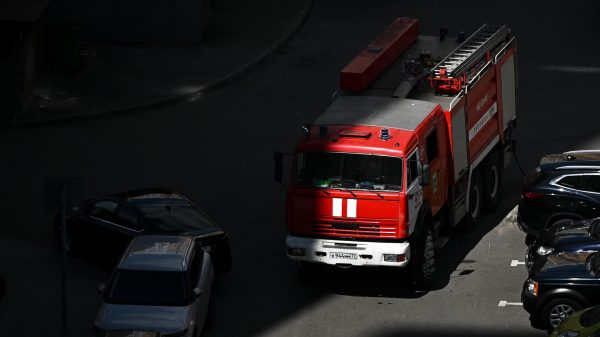





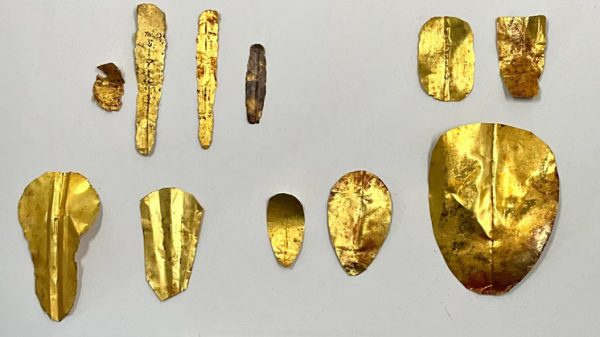

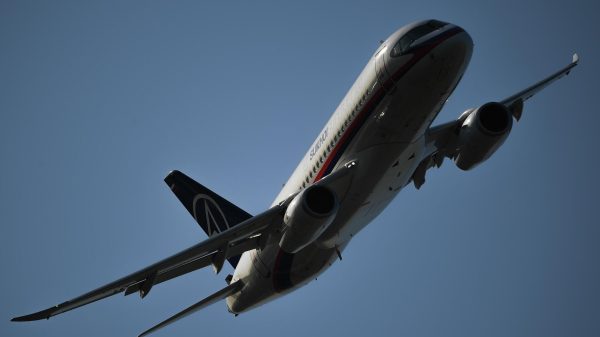
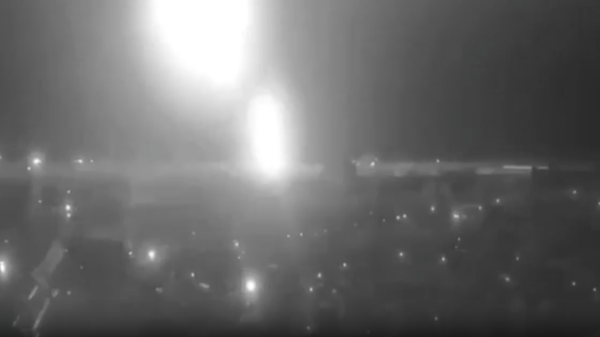















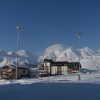















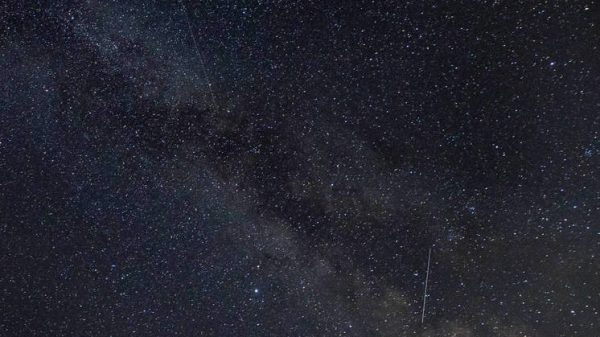

Свежие комментарии